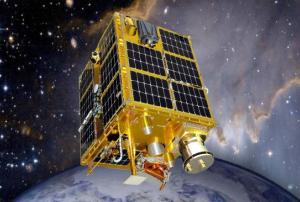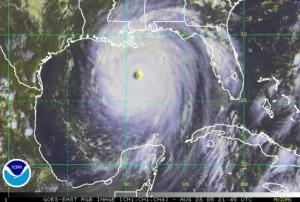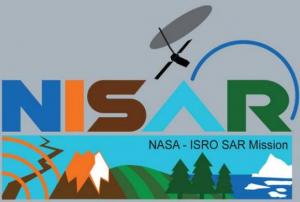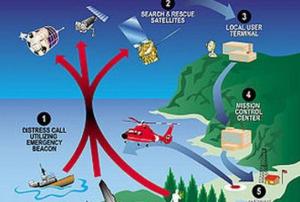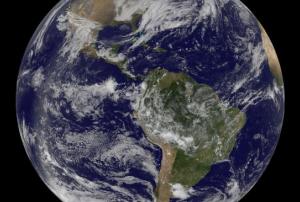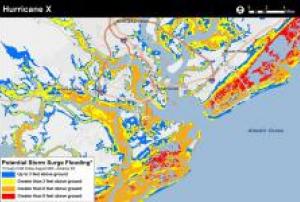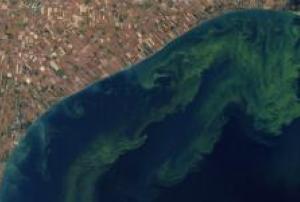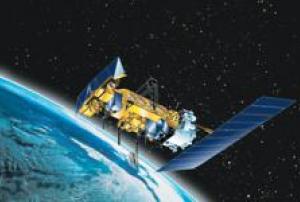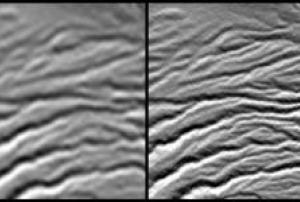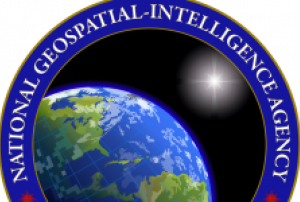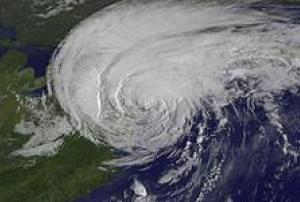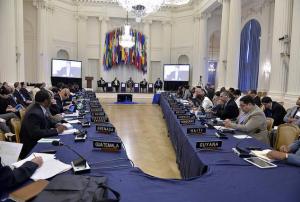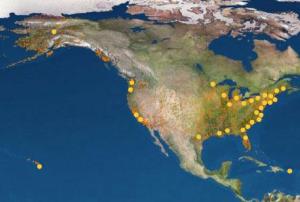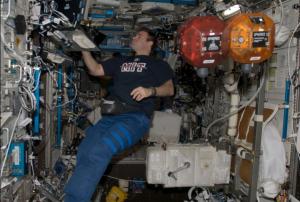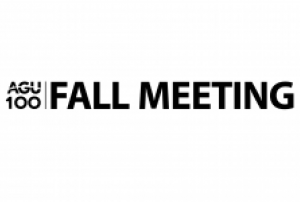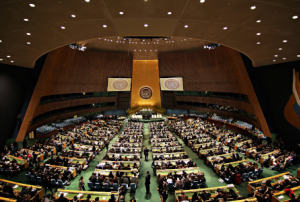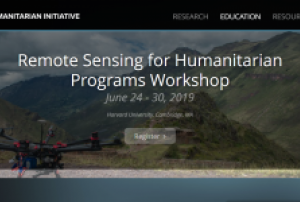A new report by the international consulting firm Northern Sky Research (NSR) forecasts a boom for nano and microsatellites by 2024, which would lead to a significant diversification of the satellite industry. The report, entitled “Nano and Microsatellite Markets, 2nd Edition”, states that the market for sub-100 kg space artifacts has nearly doubled between 2013 and 2014, and operators have multiplied by three in just five years.
The developers of these nano and microsatellites are mainly universities, start-ups, small government agencies and military forces with low budget and limited time and expertise but who also participate in Earth Observation, science and risk awareness.
However, this sector also faces challenges, as the shortage of affordable launch vehicles, more efficient rideshares and limited orbital diversity. Therefore, the availability of venture capital and support from national agencies will be crucial for securing investment.
more